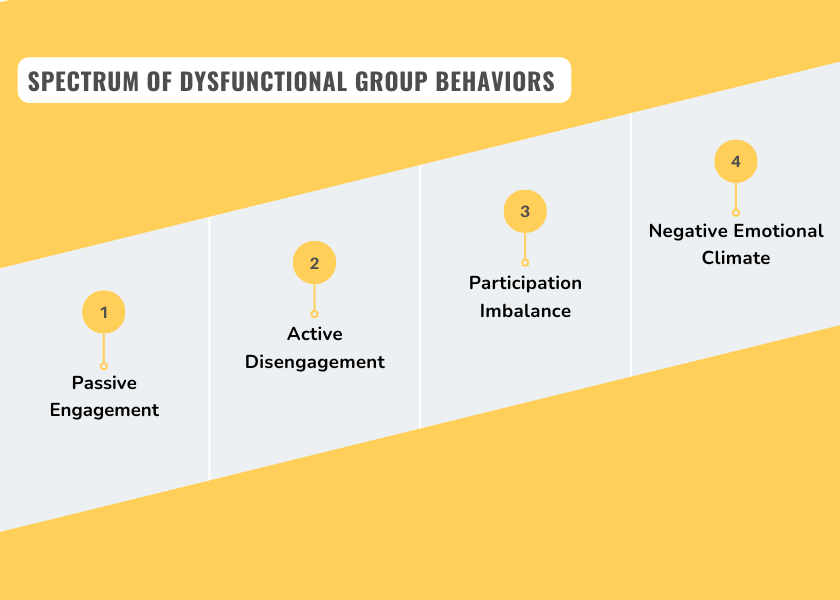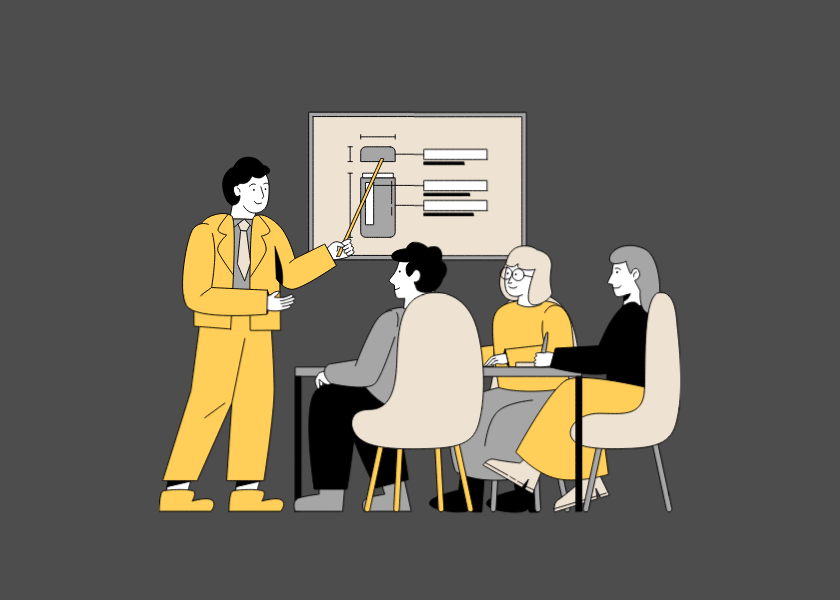listen to this article
The Trust Advantage
Building Stronger Teams and A More Fulfilling Workplace

Trust is the foundation of strong teams. Patrick Lencioni, in his book "The Five Dysfunctions of a Team," argues that without trust, even basic relationships crumble. This lack of trust creates a sterile work environment where rigid rules dictate every move, stifling creativity and collaboration.
However, building trust can be a challenge. A recent study revealed that less than half of employees globally trust their employers, managers, or colleagues. The reasons often boil down to three core issues:
- Feeling Undervalued: team members perceive unfair compensation or promotion policies.
- Broken Promises: Unclear expectations or a lack of follow-through on commitments erodes trust.
- Feeling Unsafe: A high-turnover, anti-collaborative environment breeds fear and discourages open communication. Team members hesitate to share ideas or raise concerns for fear of reprisal or being ostracized.
Building Trust: A Practical Guide
So how do we bridge this gap and build lasting trust? Here are 10 key strategies:
- Make Trust a Priority: Acknowledge the importance of trust and actively work towards fostering it.
- Keep Your Promises: Don't overpromise on commitments, no matter how tempting.
- Be Accountable: Set clear expectations and ensure those involved know how to hold you accountable.
- Embrace Healthy Conflict: Disagreements are inevitable. Encourage respectful debate to create innovative solutions.
- Provide Specific Feedback: Empty praise is counterproductive. Invest time in thoughtful feedback that helps colleagues improve.
- Clarify Individual Roles: Clearly define individual responsibilities to manage expectations effectively.
- Lead by Example: Be willing to be vulnerable and share your own thoughts and challenges.
- Address the Issues: Don't shy away from difficult conversations. Acknowledge problems and work together on solutions.
- Embrace Play and Experimentation: Step outside your comfort zone and try new approaches to spark creativity and encourage a more open and collaborative environment. Consider team-building activities that promote collaboration and communication. The key is to create a safe space where people feel comfortable taking risks and learning from each other.
- Default to Trust: Discuss the concept of "defaulting to trust" with your team. How can you build a culture of trust as the starting point?
Bonus: One thing that doesn't work - Trust falls....
Building trust takes time and effort, but the benefits are undeniable. By following these steps, you can create a more positive, productive, and innovative work environment for everyone.
For support with this issue and more, check out our offerings.
You might also be interested in our leadership training and leadership coaching, both of which are designed to unlock growing leaders.



